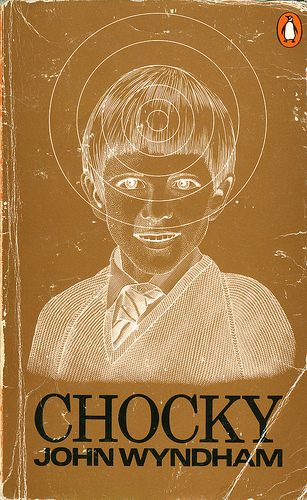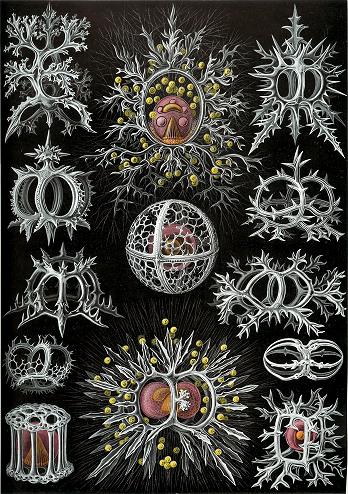You have no items in your cart. Want to get some nice things?
Go shopping
The main characteristic of the Penguin paperbacks we have on sale at the secondhand bookshop I work in is scruffiness. They’ve usually been read, re-read, loved, kept in pockets, stuffed under pillows and carried round in bags before being passed on to that great secondhand bookshop in the sky (or Charing Cross Road, in this case).
In other words, they’ve fulfilled the vision of Allen Lane, Penguin’s founder, who created a publishing house with the philosophy of making great fiction affordable for all. Penguin enthusiasts gathered for a conference in Bristol this week to celebrate the 75th anniversary of that idea, with speakers enthusing about the humble Penguin paperback; by definition flimsy and ephemeral, but a design icon which still resonates today, calling to us from dusty shelves, begging to be read.

They certainly call to me. This week, to mark the occasion, I’ve been lovingly revisiting my modest but slowly growing collection of old Penguin sci-fi editions. I’ve loved Penguin paperback sci-fi since I discovered my dad’s copy of John Wyndham’s Chockyon a bookshelf at home when I was a kid. I was fascinated by the eerie picture on the cover, a fine, white line-drawing on a boldly coloured background of a boy with hypnotic eyes. I read it, and was hooked on Wyndham, and classic sci-fi, for life.
That cover design, for the 1970 edition of Chocky, was created by Harry Willock. He also designed covers for other Wyndham Penguin titles, all equally striking – they have the feel of biologist Ernst Haeckel’s beautiful and intricate line drawings of shellfish, jellyfish and anemones in his influ





